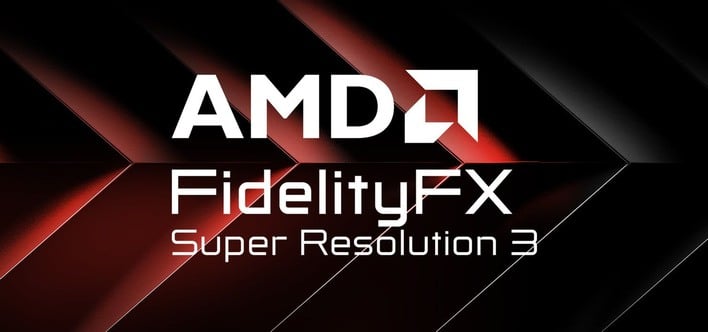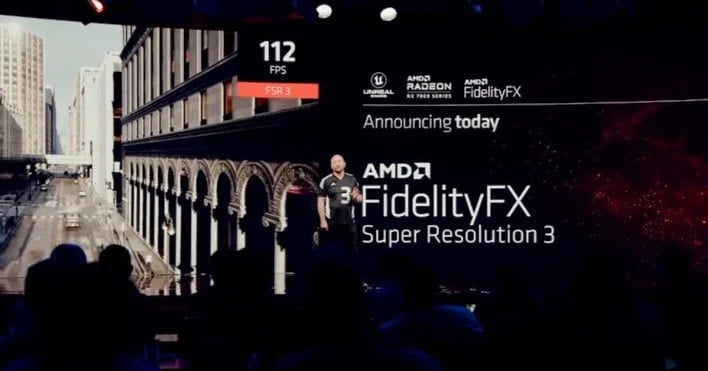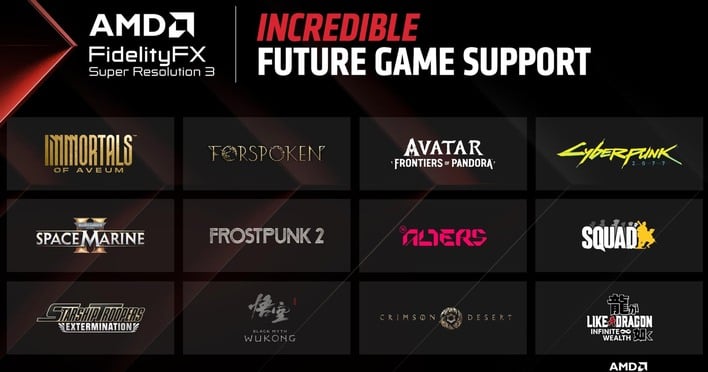AMD FSR 3 And NVIDIA DLSS 3 Frame Gen: A PC Gamer's Perspective And How They Differ

Put simply, NVIDIA's Frame Generation technology, introduced with its Ada Lovelace graphics cards and DLSS version 3, offers an increase in visual fluidity with very little downside to gamers. Yes, there's an increase in input lag compared to playing the same game with anti-lag features enabled, but it's not much worse than playing the game without those features. You get what appears to be a higher frame rate, essentially for "free".

AMD's competing FidelityFX Super Resolution (FSR) has had an interesting history. The original version was a simple spatial upscaler that really didn't offer comparable image quality to DLSS Super Resolution. FSR 2 introduced a temporal aspect, utilizing motion vectors in a similar way to NVIDIA's technique, and it is much more competitive in terms of image quality.
AMD didn't have an answer to DLSS 3's Frame Generation, though. At least, until now. The company initially announced FSR 3 back at the end of last year during the reveal of the Radeon RX 7900 XTX. At that time, AMD didn't have many details to share except that it would be an interpolation technique similar to DLSS 3 Frame Generation. Now, we have much more information on FSR 3 as its release looms ever closer. AMD shared more specific details about the technique at Gamescom 2023, alongside the launch of its Radeon RX 7800 XT and RX 7700 XT graphics cards.
So what is FSR 3, and what are "Fluid Motion Frames"? Put simply, it's frame generation, similar to DLSS 3's feature. By looking at consecutive frames, the GPU can estimate what an intermediate frame would look like, and insert that between the two consecutive frames. This gives the illusion of smoother motion at the cost of a one-frame latency penalty.
Just like NVIDIA does with DLSS 3 FG—which actually requires the implementation and usage of NVIDIA Reflex—AMD counteracts the latency penalty with its Radeon Anti-Lag technology. Reflex and Anti-Lag are centered around reducing the number of buffered frames that games have ready to go up on the display. This can worsen frametime consistency, adding hitches or judder to a game's presentation, but frame generation should smooth that over—at least in theory.
The biggest difference that we know of between FSR 3's "Fluid Motion Frames" and DLSS 3's Frame Generation is that while NVIDIA's technique uses specialized hardware and AI processing to achieve its goal, AMD's method apparently does its thing using regular GPU shader math. This means that it will in theory work on any GPU, as long as it has the compute performance to process and render the generated frames alongside the native frames.
AMD's Frank Azor tweeted specifically that AMD will not be restricting FSR 3 from running on any GPU whatsoever, but the company recommended its Radeon RX 5700 GPUs as a "minimum spec" of sort for cards that could benefit from it. That puts basically any GeForce RTX desktop GPU as well as Intel's Arc 7 series graphics products above the line of cards that could potentially benefit from FSR 3 Fluid Motion Frames.
FSR3 looks quite promising considering that NVIDIA's technique is only available on its latest-generation Ada Lovelace graphics cards, which are either expensive or a somewhat-questionable value compared to previous-generation parts. The new mid-range Radeon cards are arriving on September 6th—a little over a week away from now—but FSR 3 won't appear until later this year, when patches arrive for Square-Enix's Forspoken and the recently-released Immortals of Aveum. Both games are extremely heavy on hardware, so an FPS boost from Fluid Motion Frames would be more than welcome.





